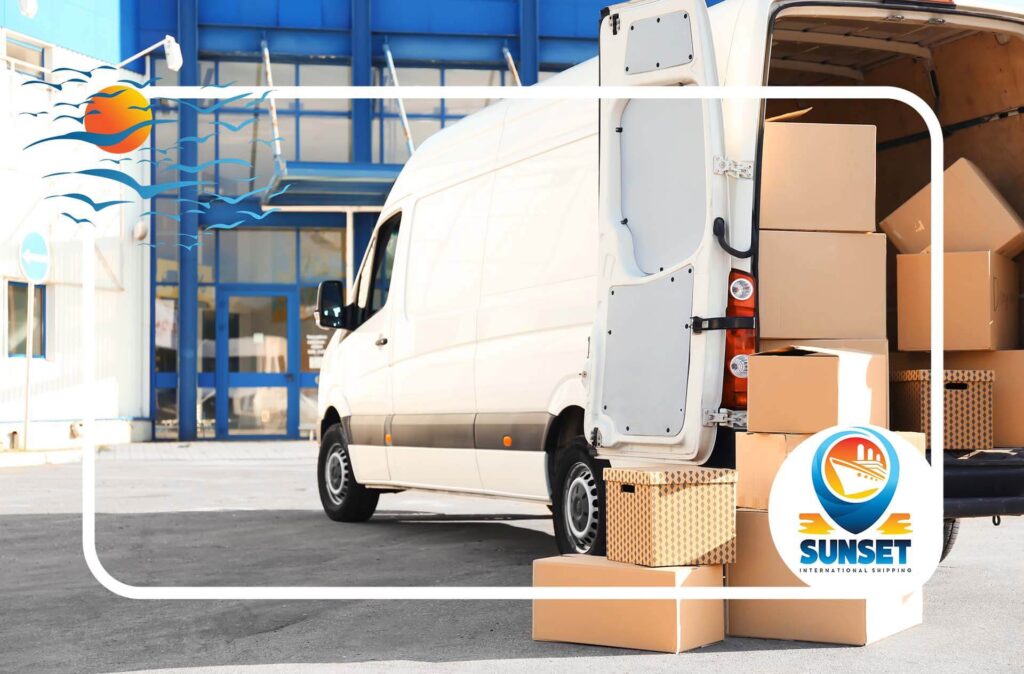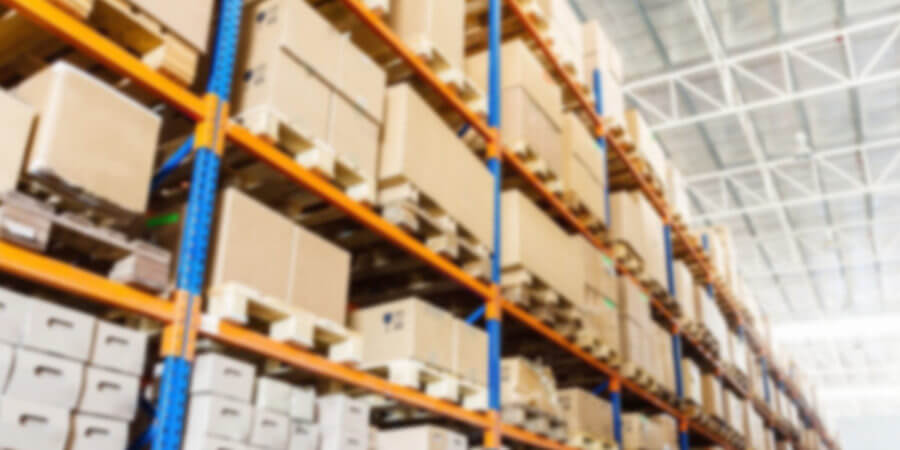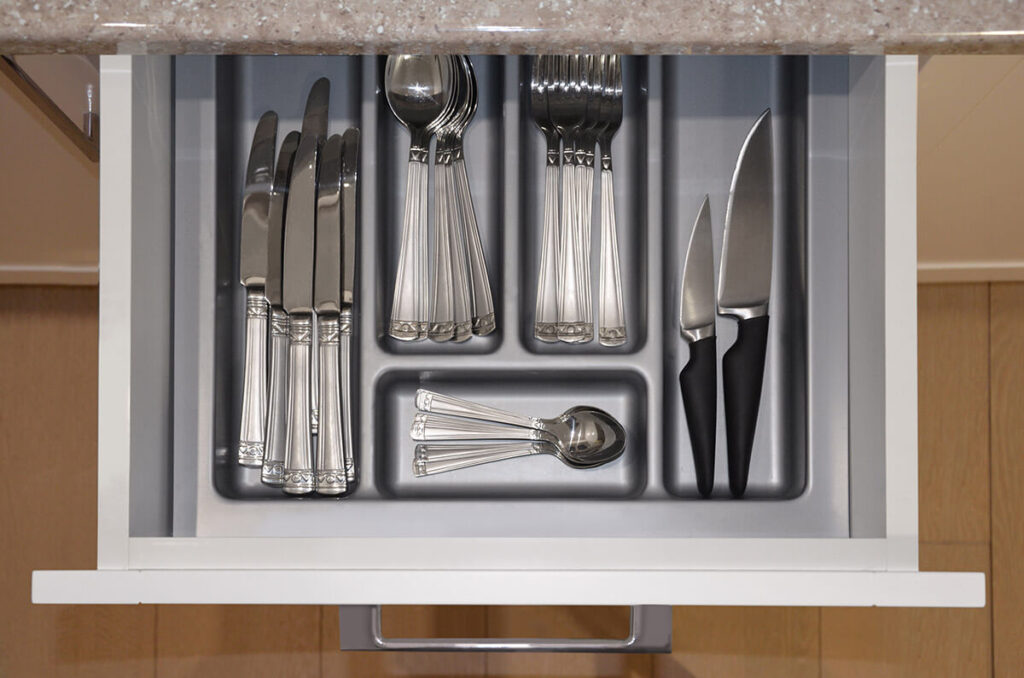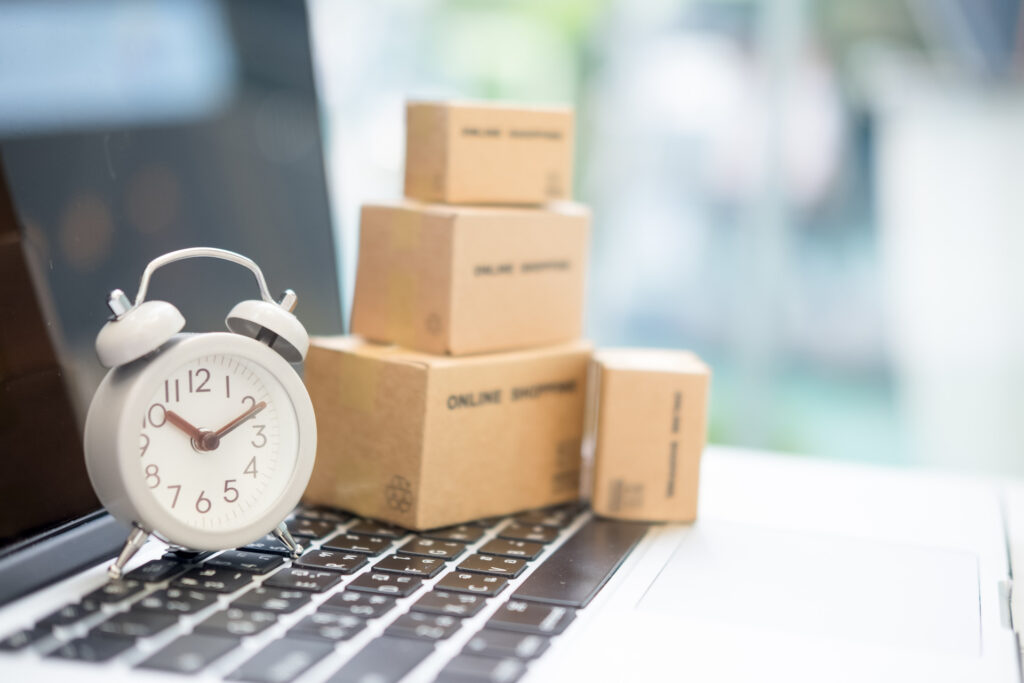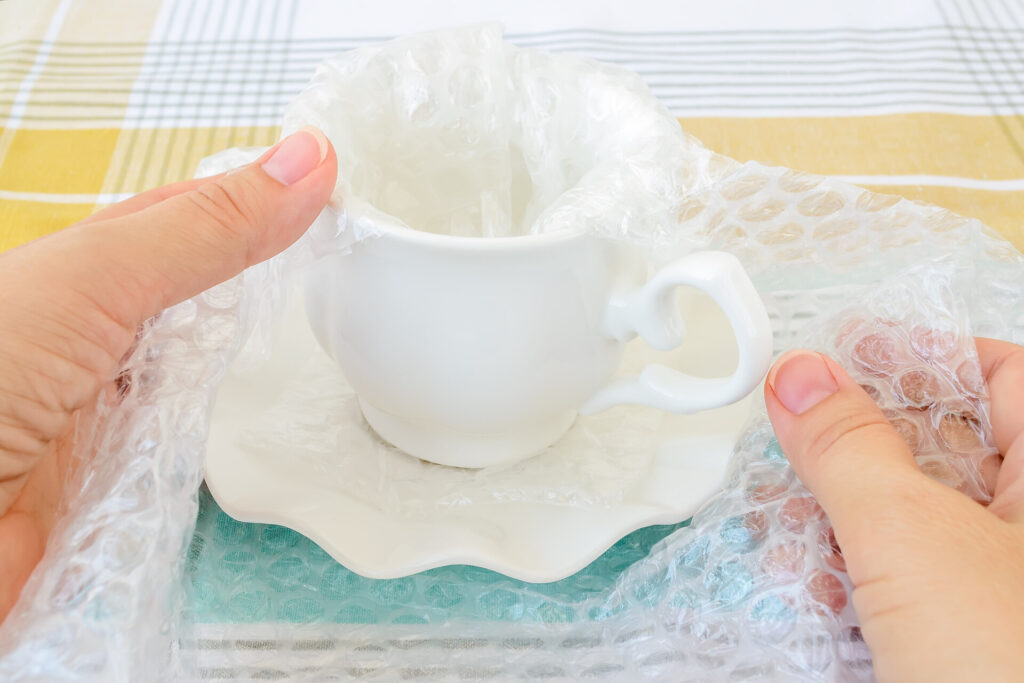So, what are some of the packing materials for moving internationally required once you start sorting and boxing up all of the belongings in your home? First of all, cardboard boxes, bubble wrap, packing paper, packing tape, scissors, box cutters, and trash bags. It’s necessary to know that some items from our homes can be used instead of supplies and materials we tend to buy at stores. Let’s now go through the list of necessary supplies needed to pack belongings.
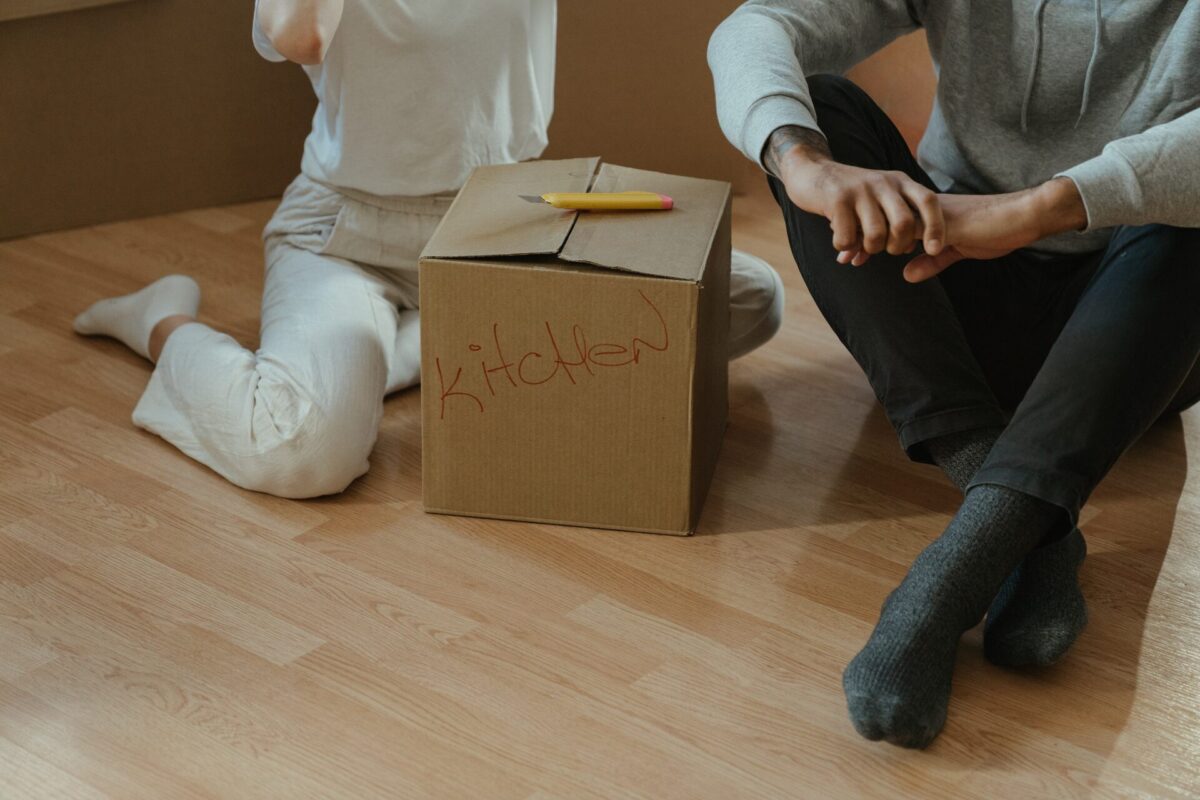

No Relocation Can Go Without Them – Cardboard Boxes
Everyone who has moved to another country in their life has bought different varieties of cardboard boxes. What should be emphasized is that size, sturdiness, and strength of the boxes make a significant difference.
Some of our belongings are heavy, some fragile, and others are lightweight, so different types of boxes would be suitable for them. Furthermore, they have to be completely dry and in good condition when you start to pack. Risking having some of them fall apart during shipping should be avoided at all costs.
If you want to use zero-waste materials and not spend a lot of money on a box and packing supplies you will throw away, watch this video for valuable tips.
How Many Cardboard Boxes Do You Need When Moving Overseas?
The number of cardboard boxes you need to pack everything when moving overseas will depend on several factors, such as:
- the size of your shipment,
- the type of items you are packing,
- and the length of your trip.
As a general rule, it is recommended to start with at least 20-30 boxes for an average-sized household. However, this number can vary greatly depending on your specific needs. If you are moving to a larger household or have a lot of bulky items, you may need more boxes.
How Many Different Sizes of Boxes Do You Need for Your Home?
Small, medium, and large boxes can be bought at a hardware store or purchased online via the Craigslist website. How many boxes of each size you need to get will depend on the size of your apartment. Here is a table that might help you plan the move and buy enough boxes and packing supplies for moving:
| Size of the household | Large boxes (20 x 20 x 15) | Medium boxes (18 x 14 x 12) | Small boxes (16 x 10 x 10) | Total number |
|---|---|---|---|---|
| 4-bedroom house | 16 | 70 | 40 | 126 |
| 3-bedroom house | 12 | 54 | 26 | 92 |
| 2-bedroom house | 6 | 30 | 14 | 50 |
| 1-bedroom apartment | 4 | 20 | 8 | 32 |
| Studio apartment | 2 | 12 | 6 | 20 |
Next Essential Material – Choose the Right Packing Paper
Using packing paper for moving internationally can be a great way to protect your belongings during transportation. This paper is a plain, unprinted paper that can be used to wrap and protect fragile items such as dishes, glassware, and electronics. It is a lightweight and flexible material that can be easily folded and molded to fit around any item you need to pack.
When packing for an international move, it is important to use high-quality materials that can withstand the long journey and potential rough handling. The paper can help prevent scratches, dents, and other damage that may occur during transit.
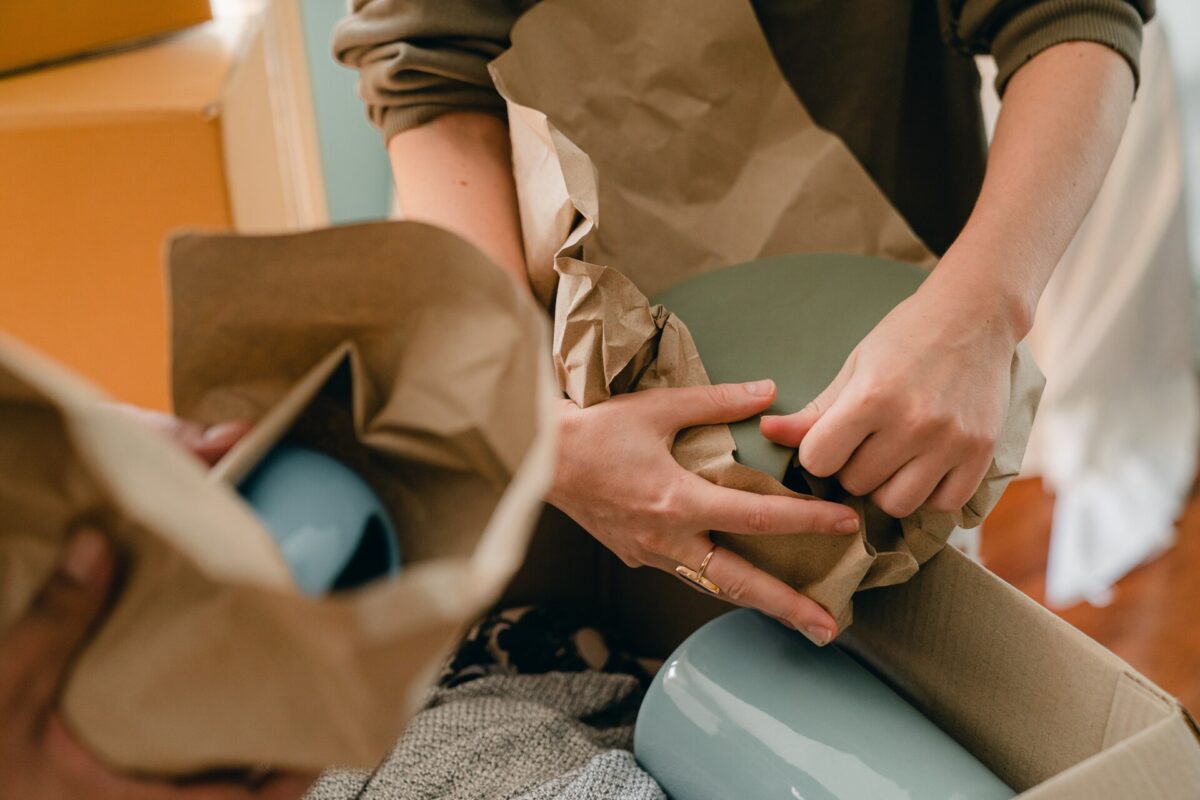

How to Use Packing Paper Properly? Here Are Some Hacks You Need to Know
The key is to use enough paper to provide adequate cushioning and protection without using too much so that it becomes difficult to pack efficiently. Start by crumpling a few sheets of packing paper into balls and placing them at the bottom of the box to create a cushioned base.
Wrap each item individually in a few layers of paper, tucking the paper around the item to create a snug fit. Pay special attention to fragile items, such as dishes or glassware, and use additional layers of paper to provide extra protection.
As you pack, fill any empty spaces in the box with crumpled packing paper, packing peanuts, or other filler material to prevent items from shifting during transit.
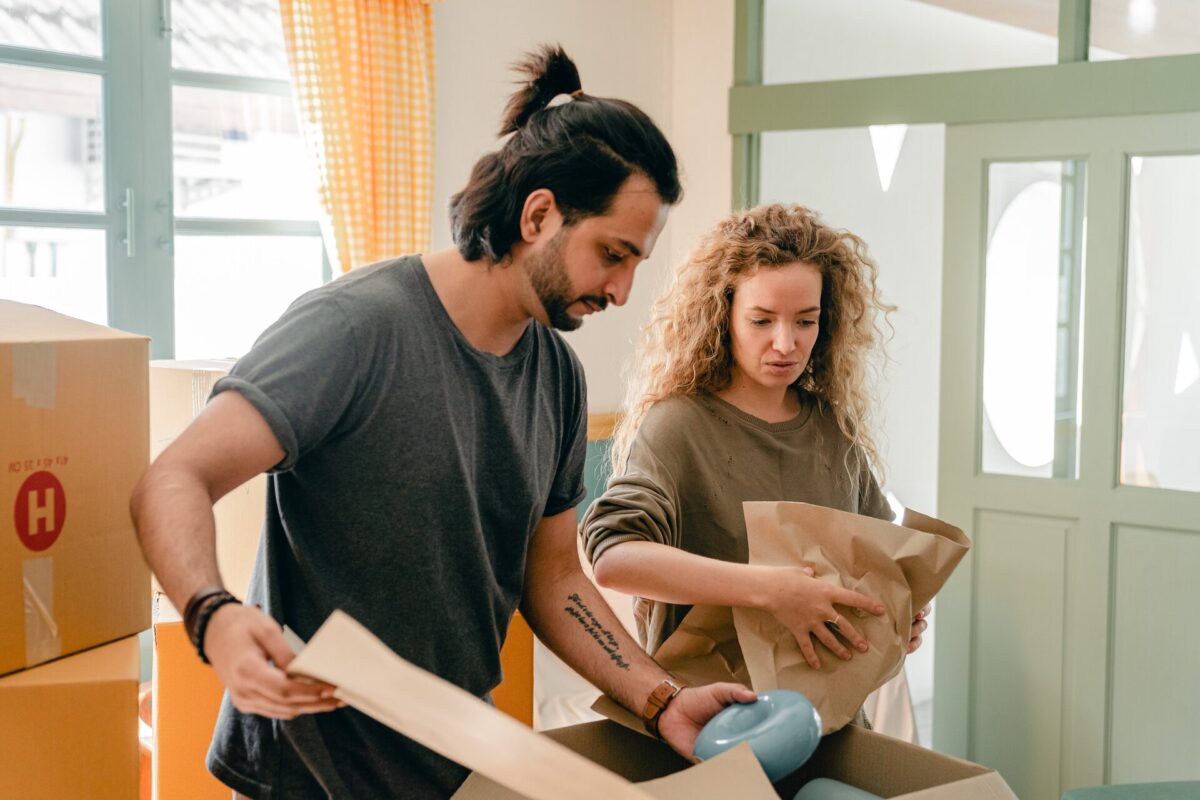

Supplies You Need – Box Cutter and Scissors
Buying box cutters and scissors can make the unpacking process much easier. Box cutters are a type of utility knife with a retractable blade that can easily cut through cardboard boxes, tape, and other materials. They are essential tools for breaking down boxes and opening packages during the move. A good box cutter will save you from frustration and relocation stress.
Scissors can also be useful for cutting tape and opening boxes, especially for smaller items that require more precision. When buying box cutters and scissors for moving, it is important to choose high-quality, durable tools that can withstand the demands of the job.
Place Your Fragile Items and Electronics in Packing Peanuts
Packing peanuts are a popular material used during moves, especially for fragile items such as glassware and electronics. They are small, lightweight foam pieces that can be used to fill empty spaces in boxes and provide cushioning around items.
Start by placing a layer of peanuts at the bottom of the box. Then, place the item in the box and fill any empty spaces around it with additional peanuts. Repeat this process for each item you pack, making sure to label each box with its contents and destination room.
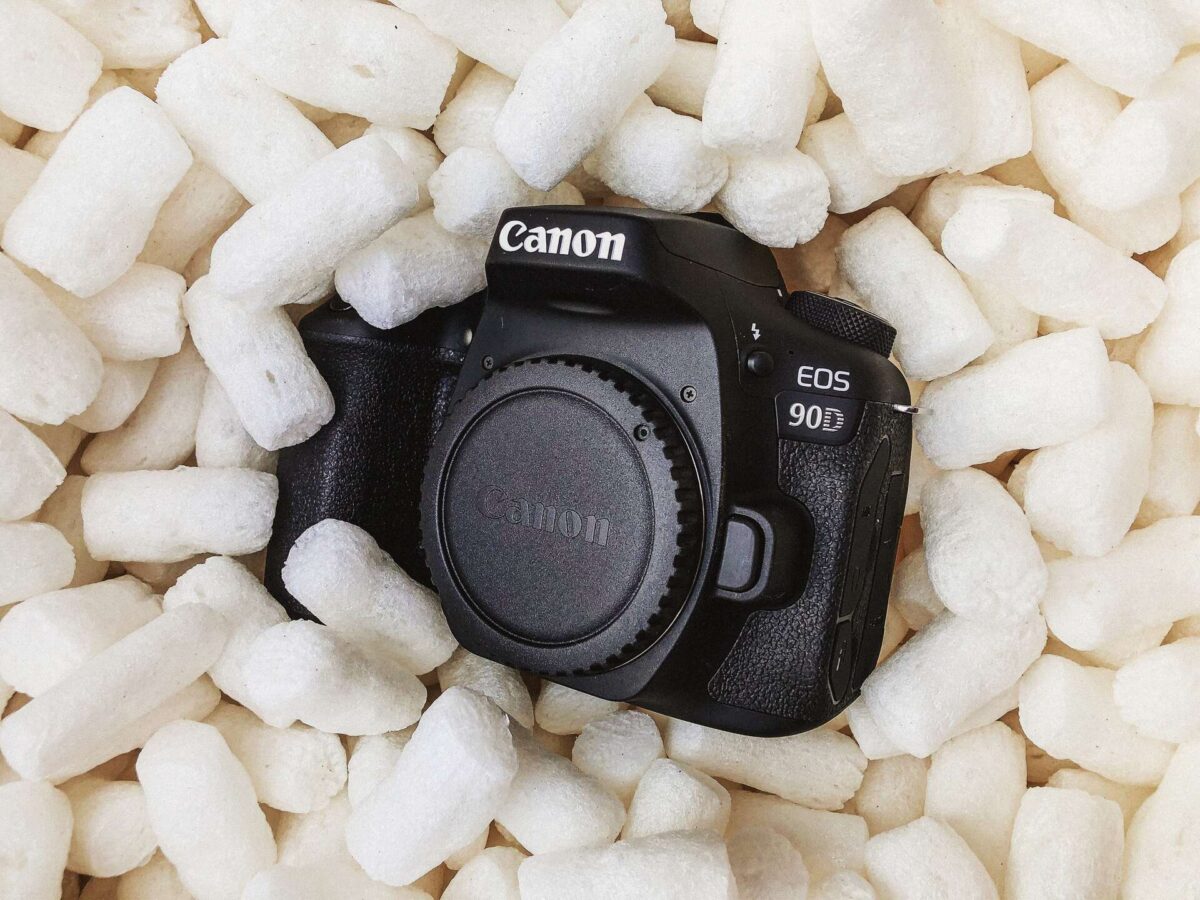

Instead of Packing Peanuts, You Can Use Bubble Wrap
Bubble wrap is a popular and effective material for protecting fragile items during a move, especially when shipping overseas fragile items. It is a flexible relocation essential made up of small bubbles that provide cushioning and protection for delicate items.
To use bubble wrap when moving overseas, first wrap every item individually with a few layers of it, making sure to cover all sides of the item. Then, secure the bubble wrap in place with tape.
It is important to use enough bubble wrap to provide adequate cushioning and protection without adding too much bulk to the package. Once each item is wrapped, pack them tightly into a box and fill any empty spaces with additional materials such as packing peanuts or crumpled paper.


Apart From Fragile Items, You Have to Protect Your Furniture on Relocation Day as Well – Use Furniture Pads
Furniture pads should be found on your relocation checklist. They are a type of protective padding that can be placed between furniture pieces during a move to prevent scratches, dings, and other damage. They are especially useful when you pack heavy furniture items like sofas, dressers, or tables.
Before placing furniture pads on your furniture, be sure to clean the surface of the furniture to remove any dirt or debris. Measure the dimensions of the furniture you want to pack for a move to determine how many furniture pads you will need.
Place the furniture pads on the areas of the furniture that are likely to come into contact with other objects or the ground during the move. This may include the legs, corners, and edges of the furniture. Secure the pads with tape or stretch wrap to prevent them from shifting during the move.
More Supplies – What Kind of Stretch Wrap or Tape Should Be Used While You Pack?
Look for tape that is specifically designed for relocating, as it will be stronger and more durable than regular tape. The tape should be able to stick to a variety of surfaces, including cardboard boxes and plastic bins.
If you are wrapping large or bulky items, such as furniture, it is best to use a stretch wrap. Look for a stretch wrap that is at least 5 inches wide and has a thickness of at least 80 gauge for optimal strength.
If you are moving abroad to a location with extreme temperatures, such as a very hot or very cold climate, it is important to choose tape and stretch wrap that can withstand these conditions and hold everything in place during the relocation day.
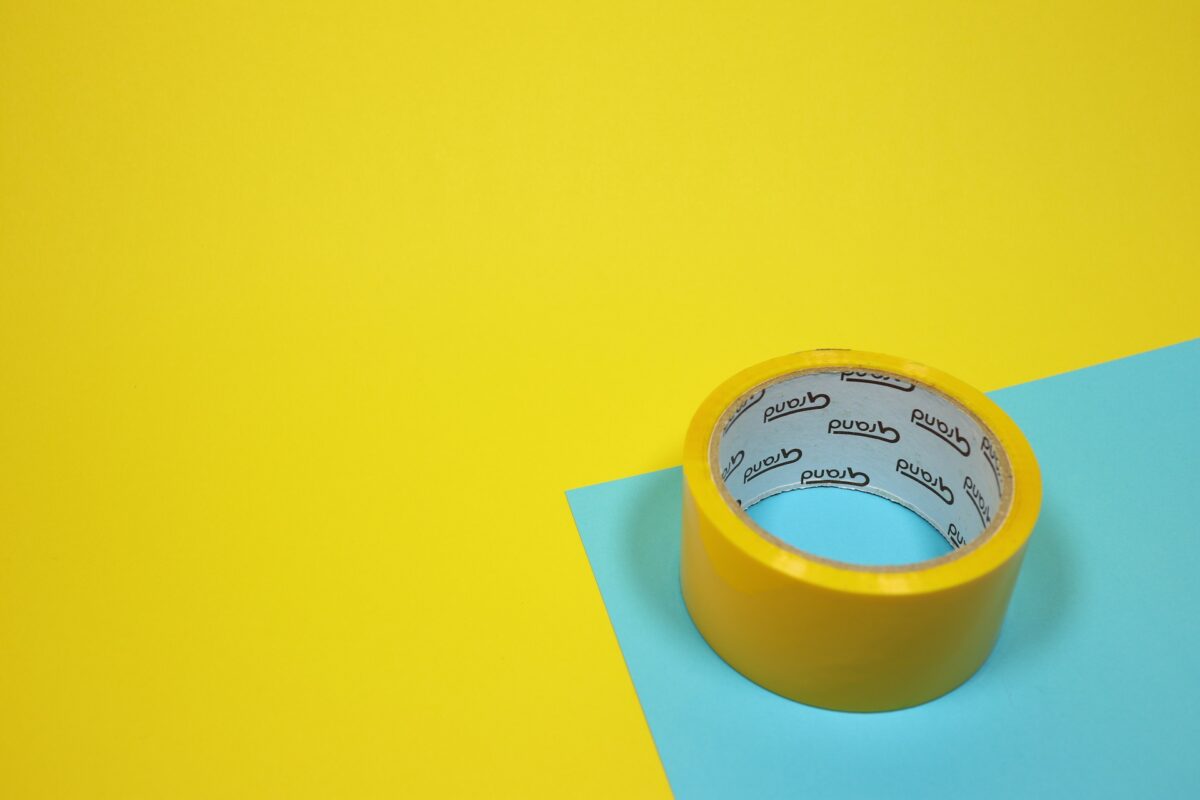

What About Labeling? Don’t Forget to Have a Permanent Marker by Your Side
Use a permanent marker to write the label information on the label. Avoid using a ballpoint pen or pencil as they can smudge or rub off during transportation. A fine-tip marker is ideal for labeling boxes since it allows you to write smaller and more legibly.
On the side of the box, write the label information using the permanent marker. This information should include the name of the room the items belong in, a brief description of the contents, and any special instructions such as “fragile” or “this side up.” Use uppercase letters for the room name and description and lowercase letters for any special instructions.
Some Items From Your Home Can Be Used as Packing Materials
Is it possible to make moving easier? Actually, yes. Sometimes you don’t have to shop online or go to the supermarket and hardware store in order to find good materials. Some things that are right in front of you, in your home, can help you during the packaging process. Here are some moving hacks related to materials you can use from your home.
Gather a good amount of old newspapers, making sure that they are clean and dry. Take a few sheets of newspaper and crumple them into a ball. Place the ball of newspaper into the bottom of the box.
Take each item that needs protection and wrap it in several sheets of newspaper, ensuring that it is completely covered. If the item is particularly fragile, wrap it in additional layers of newspaper.
To use towels and blankets, start by selecting items that need extra protection, such as glassware, picture frames, or ceramics. Next, wrap the item in a layer of bubble wrap or paper and then wrap it again with a towel or blanket. Secure the towel or blanket with tape to keep it in place.
Egg cartons can be a great material for moving, used to protect small and delicate items during a move. You can use them to protect small items like jewelry, small figurines, or glassware. Next, place the item into the individual egg cups, making sure it fits snugly. If the item is particularly fragile, wrap it in paper or bubble wrap before placing it in the egg cup.
You don’t need to pack all your clothes neatly. Use clothing items such as t-shirts, sweaters, or scarves that you don’t mind getting wrinkled. Secure the clothing with tape to keep it in place. Once the item is wrapped, place it in a box, making sure it fits snugly and there is no empty space. Use additional clothing items to fill any gaps in the box and provide extra cushioning.
It’s Time to Get All the Packing Materials for Moving and Contact the Overseas Moving Company
Moving overseas can be an exciting adventure, but it also requires careful planning and organization to ensure a smooth transition. One of the most important aspects of the moving process is choosing the right materials to protect your belongings during transit, by using high-quality packing materials.
Also, don’t forget to reach out to an international moving company like Sunset International Shipping and book moving services as well as packing services according to your plans. With careful preparation, great movers, and the right packing supplies for moving, you won’t have any worries.

